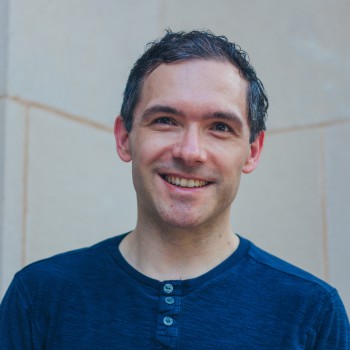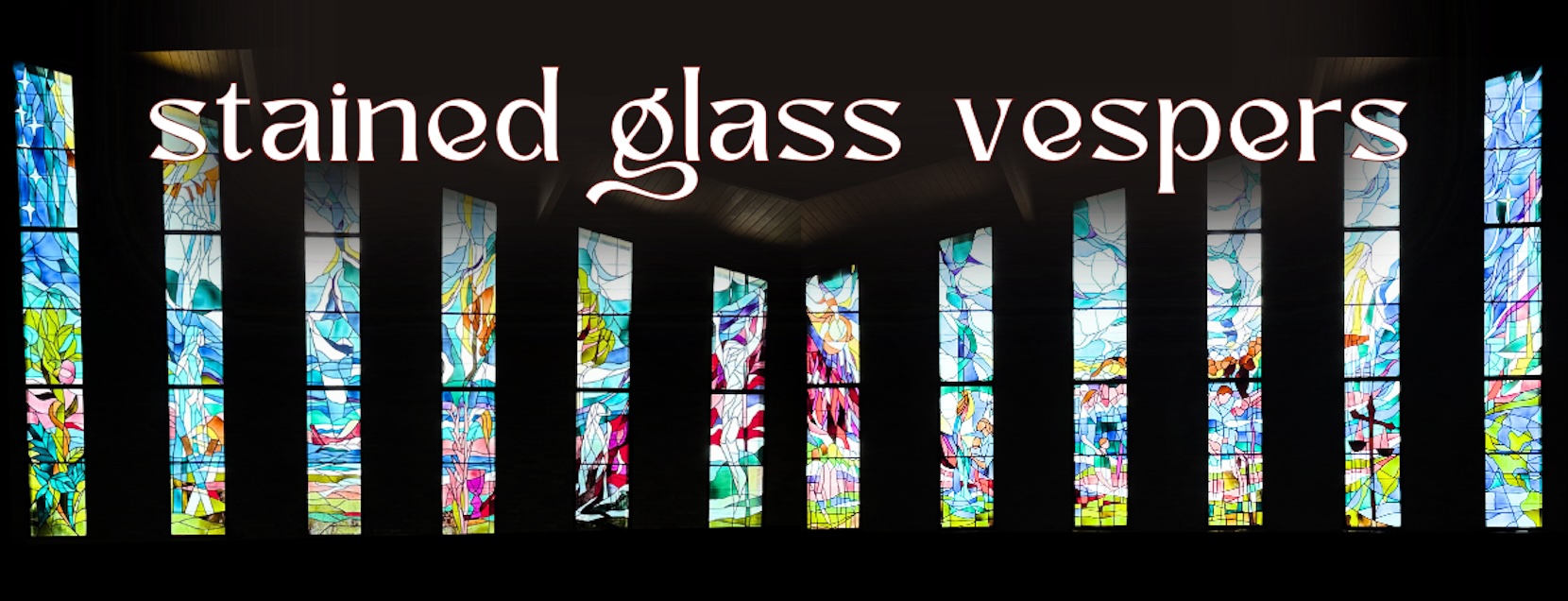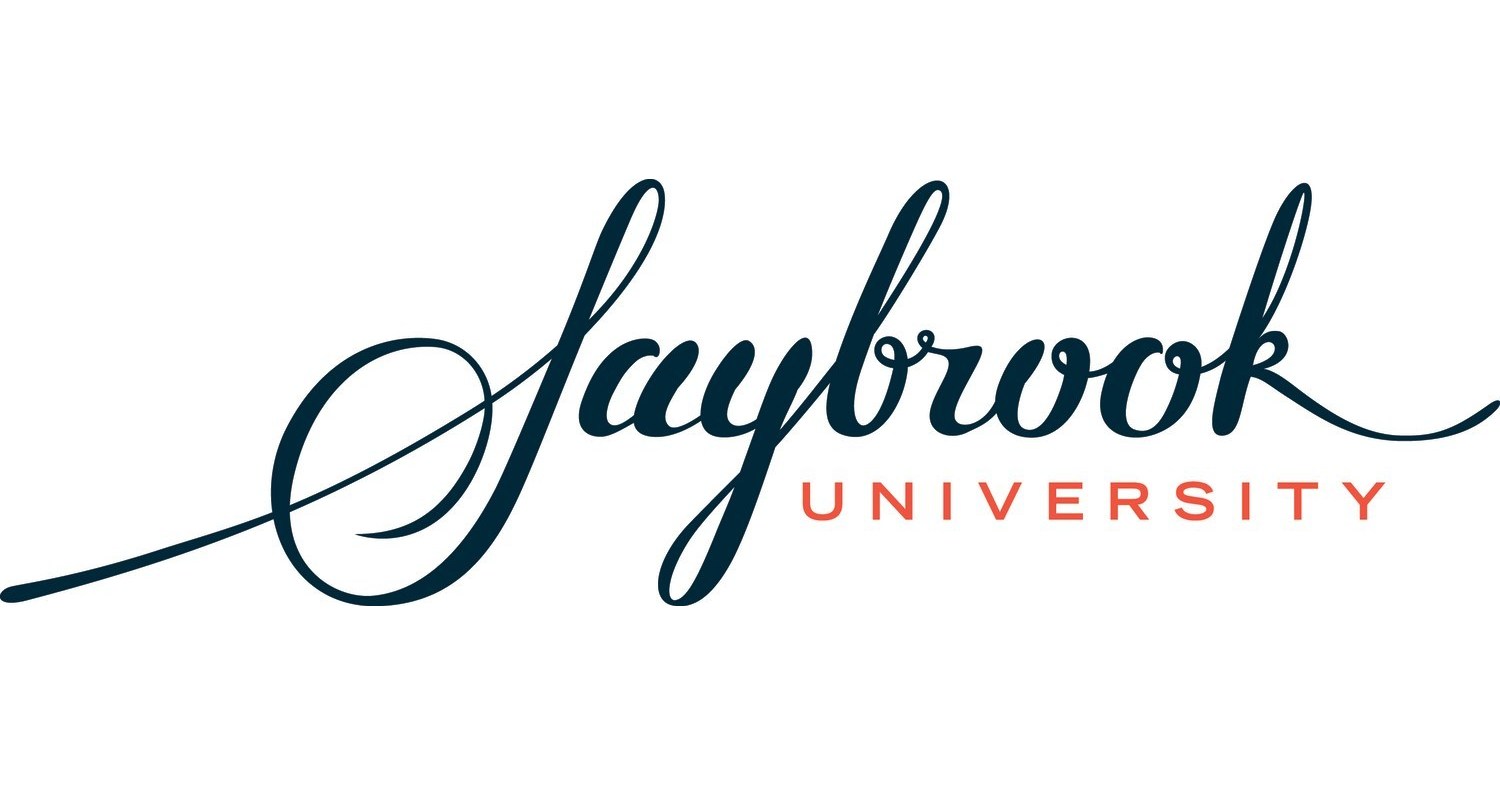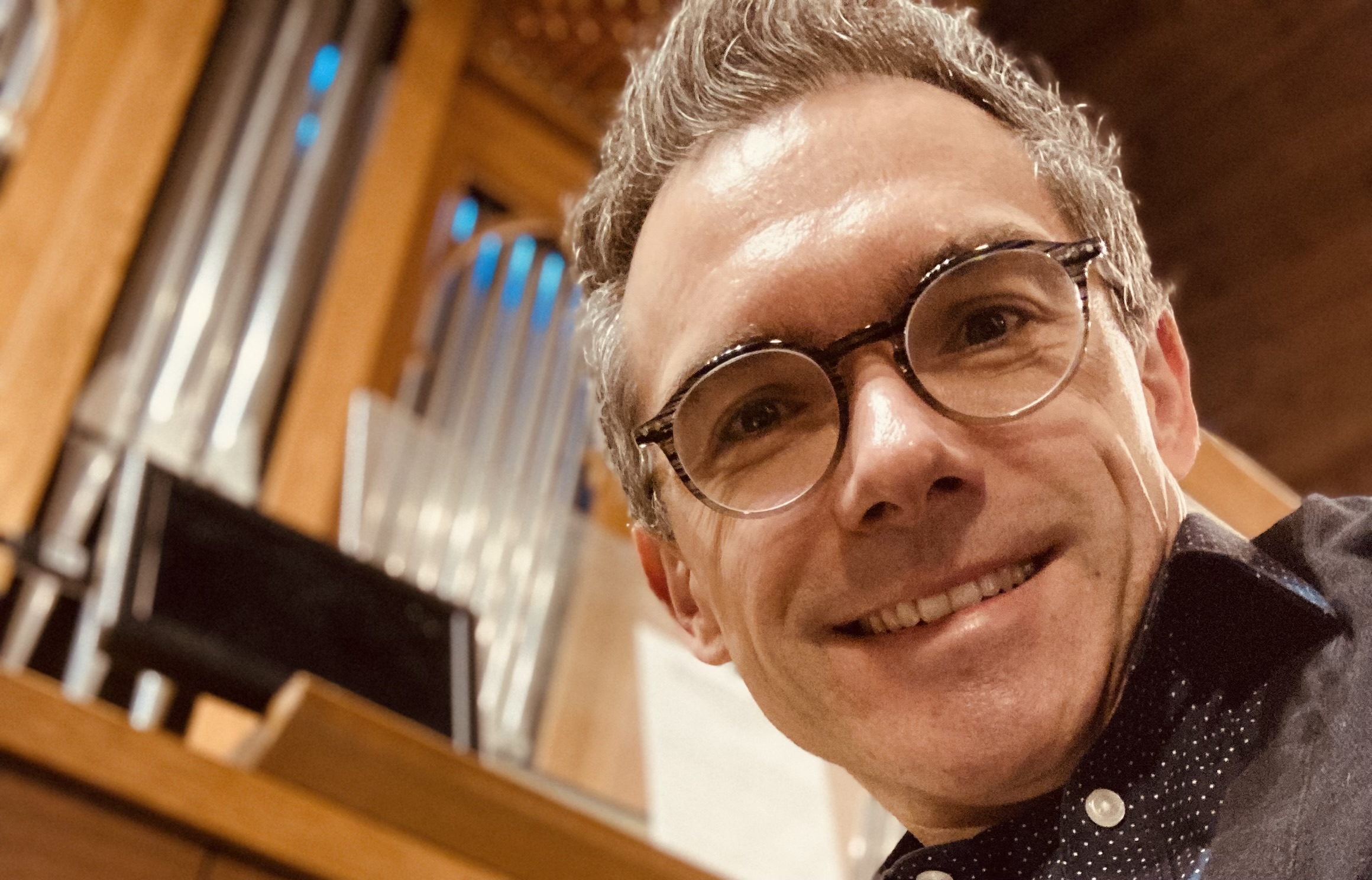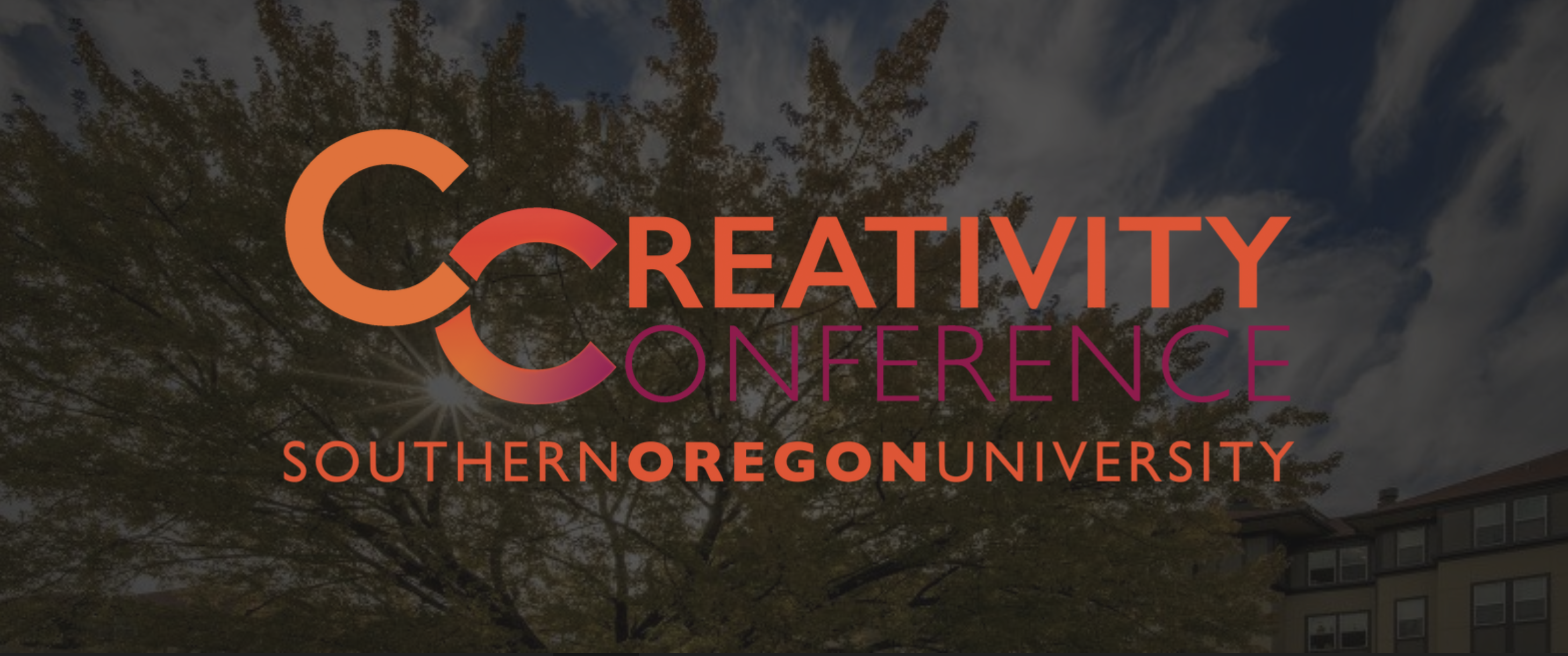Enchantments European Premiere
Echantments for flute, violin and piano received the European premiere during the 3rd International Meeting for Chamber Music at the University of Evora in Portugal. The performance of the work would not have been possible without the invitation from Zoltan Paulinyi, Research Fellow at the University of Évora and the Meeting’s organizer. I am thankful to musicians from Trio Jónio: Ana Isabel Rei (flute), João Diogo Pereira (violin), and Luis Gomes dos Santos (piano).
The festival also featured by paper Spatiality in Music: the Spiral as a Metaphor for Musical Form, also published in the Unidade de Investigação em Música e Musicologia proceedings. The completion of this project has been generously supported by the Musicianship Department at the Mary Pappert School of Music at Duquesne University.
The International Meeting for Chamber Music has two main objectives: to encourage alumni of the University of Évora Music Department into scientific initiation and their artistic expansion toward contemporary music, and to promote the international dialogue among contemporary composers and their performers.
Paper Abstract
From an interdisciplinary perspective, the paper investigates certain aspects of musical space in formation of form and structure in musical composition. The study offers a cross-disciplinary approach to the derivation of structural processes and formal design: it deconstructs the notion of musical form as both object and process, and offers a paradigm of a spiral and its formal and structural implications. The paper describes the fundamental premise of the formation of spirals as the main carrier of musical form; it presents an argument that musical form may be imagined as an extension of the multi-dimensional spatial principles found in nature, geometry, and architecture. The transformative processes common to the structure of spirals and their application in musical form are explained, followed by a formal analysis of my recent collection of organ etudes. The paper puts forward an analytical representation of the spatiality of musical form and structure.
